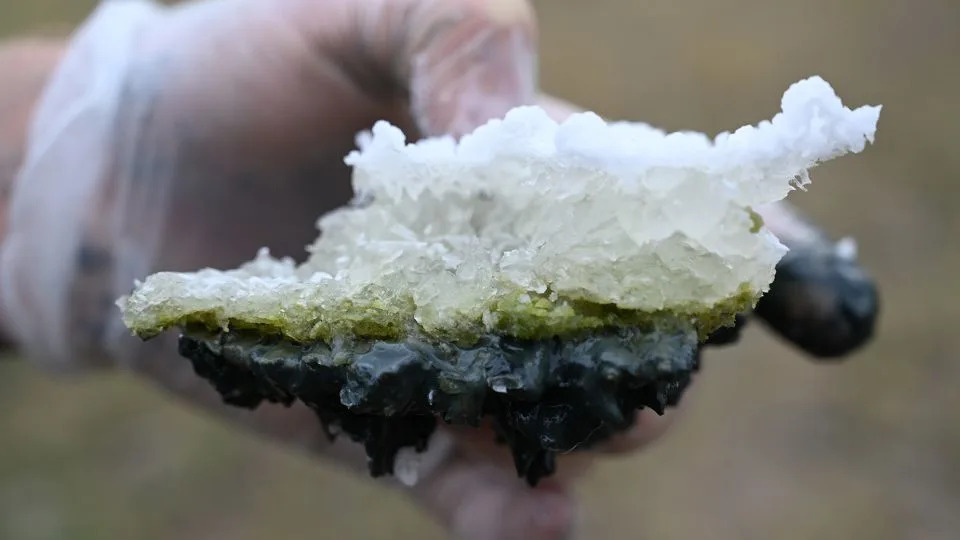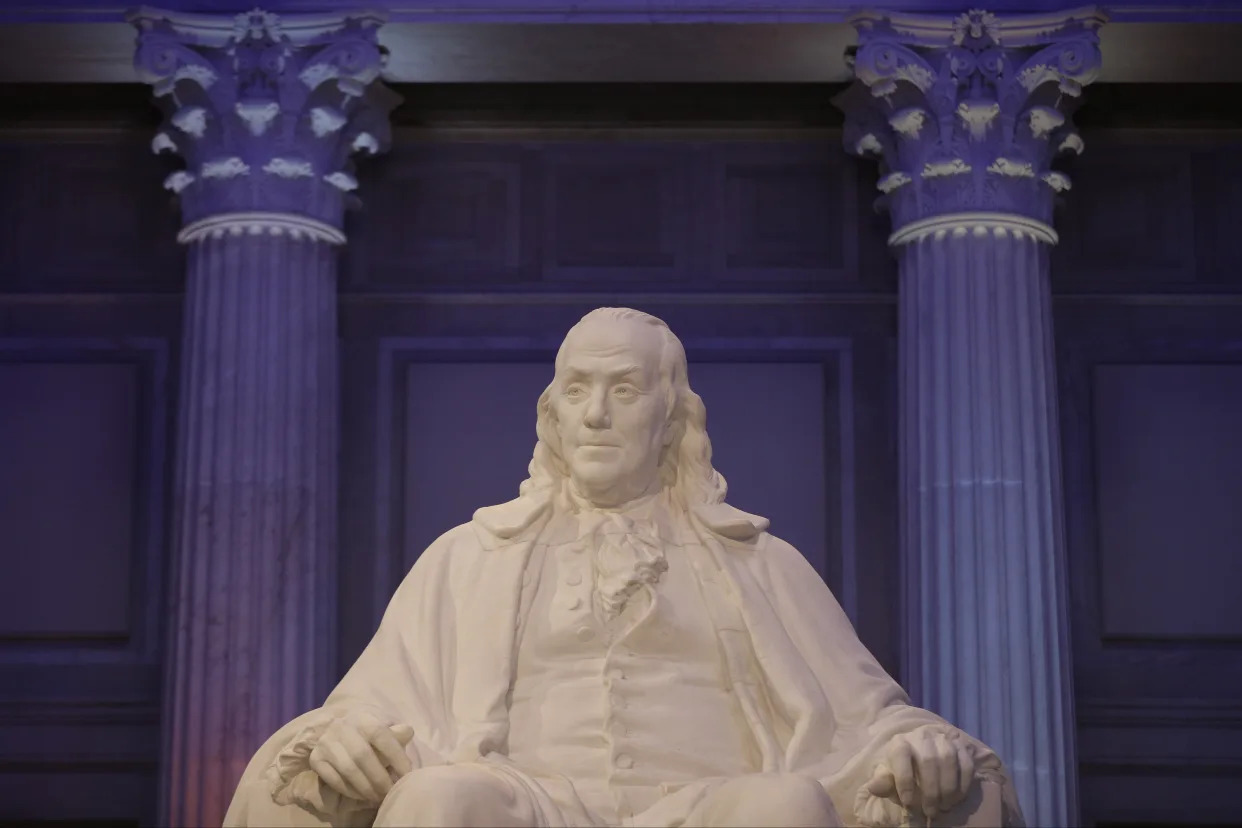Study reveals five common ways in which the health of homeless pet owners and their companions is improved
A rapid scoping review has been conducted which reveals five common ways in which the health of homeless pet owners and their companion animals is improved. Ten percent of homeless people keep pets. But little information exists on specific interventions
A rapid scoping review has been conducted which reveals five common ways in which the health of homeless pet owners and their companion animals is improved.
Ten percent of homeless people keep pets. But little information exists on specific intervention strategies for improving the health of homeless people and their pets who are often the only source of unconditional love or companionship in their life.
The study, published in the Human-Animal Interactions journal, found that the most common ways in which homeless people are their pets are supported to live healthier lives include free veterinary clinics, join human/animal clinics, stigma reduction, interdisciplinary relationships, and pet-friendly lodging.
Lead authors Dr Michelle Kurkowski and Dr Andrew Springer said research on homeless people and their pets showed significant heterogeneity, but they stress that further programme intervention is needed to recommend intervention best practices.
Promising avenues for evaluating interventions and improving health
They suggest that joint human/animal clinics and interdisciplinary partnerships are promising avenues for evaluating interventions and improving health outcomes.
A study by Ramirez et al (2022) that investigated 44 homeless pet owners in Seattle, USA, for example, found that 61% of respondents were interested in healthcare for their pets, compared to 43% for themselves. Furthermore, 86% indicated they would attend a joint veterinary/human health clinic, with convenience frequently mentioned.
Studies that the researchers drew upon for their findings – from the PubMed and Embase databases – include those focused on homeless pet owners across the USA, Canada, and the UK.
Dr Kurkowski wrote the paper while at the University of Texas Health Science Center at Houston School of Public Health (UTHealth) but is now a Veterinary Medical Officer for the USDA Animal and Plant Health Inspection Service.
A source of friendship and physical safety
She said, “Research has shown that companion animals are a source of friendship and physical safety, and homeless persons with pets report significantly lower rates of depression and loneliness compared to non-pet owners.
“Studies show that pet owners experiencing homelessness are also subjected to unique challenges in caring for both themselves and their companion animals. Individuals, for instance, are often forced to choose between accessing lodging and keeping their pets with them.
“Similarly, our review reveals that this group is less likely to utilize needing assistance, such as healthcare or career services, potentially due to difficulty using public transportation of lack of safe places to leave pets.”
However, Dr Kurkowski and Dr Springer said that despite the growing body of literature on both the benefits of pet ownership for the unhoused community – as well as the needs and challenges that homeless pet owners and their pets face – little attention has been given to developing interventions to address the challenges facing this group.
More comprehensive and effective care package
Dr Springer, associate professor of in the Department of Health Promotion and Behavioral Sciences at the UTHealth, “Our purpose was to describe the study designs, measurements, and outcomes of relevant primary research studies to identify knowledge gaps in the body of literature on this topic.
“Additionally, common intervention characteristics were highlighted to create a ‘road map’ of prior interventions to assist individuals interested in creating similar programs.
“The ultimate goal of this assessment was to summarize key intervention strategies for pet owners experiencing homelessness to help direct future funding, research, and outreach efforts among this unique population.”
The researchers conclude that a more comprehensive and effective care package for homeless people and their pets will require the combined efforts of healthcare providers, social workers, animal welfare workers and governmental and nonprofit organizations to develop innovative One Health solutions for the challenges currently facing this population.
Full paper reference
Kurkowksi, M., Springer, A, ‘Exploring Strategies for Pet Owners Experiencing Homelessness: A Rapid Scoping Review,’ Human-Animal Interactions, 19 February (2024). DOI: 10.1079/hai.2024.0002
The paper can be read open access from 10:00hrs UK time 19 February 2024, here: https://www.cabidigitallibrary.org/doi/10.1079/hai.2024.0002
Media enquiries
For more information and an advance copy of the paper contact:
Dr Michelle Kurkowski, Veterinary Medical Officer for the USDA Animal and Plant Health Inspection Service, michelleakurkowski@gmail.com
Wayne Coles, Senior PR Manager, CABI – email: w.coles@cabi.org
About Human—Animal Interactions
Human—Animal Interactions is an open access interdisciplinary journal devoted to the dissemination of research in all fields related to interactions between non-human animals and their human counterparts.
About CABI
CABI is an international not-for-profit organization that improves people’s lives by providing information and applying scientific expertise to solve problems in agriculture and the environment.
Through knowledge sharing and science, CABI helps address issues of global concern such as improving global food security and safeguarding the environment. We do this by helping farmers grow more and lose less of what they produce, combating threats to agriculture and the environment from pests and diseases, protecting biodiversity from invasive species, and improving access to agricultural and environmental scientific knowledge. Our 49-member countries guide and influence our core areas of work, which include development and research projects, scientific publishing, and microbial services.
We gratefully acknowledge the core financial support from our member countries (and lead agencies) including the United Kingdom (Foreign, Commonwealth and Development Office), China (Chinese Ministry of Agriculture and Rural Affairs), Australia (Australian Centre for International Agricultural Research), Canada (Agriculture and Agri-Food Canada), Netherlands (Directorate-General for International Cooperation, and Switzerland (Swiss Agency for Development and Cooperation). Other sources of funding include programme/project funding from development agencies, the fees paid by our member countries and profits from our publishing activities which enable CABI to support rural development and scientific research around the world.
JOURNAL
Human-Animal Interactions
METHOD OF RESEARCH
Literature review
SUBJECT OF RESEARCH
People
ARTICLE TITLE
Exploring Strategies for Pet Owners Experiencing Homelessness: A Rapid Scoping Review
ARTICLE PUBLICATION DATE
19-Feb-2024










